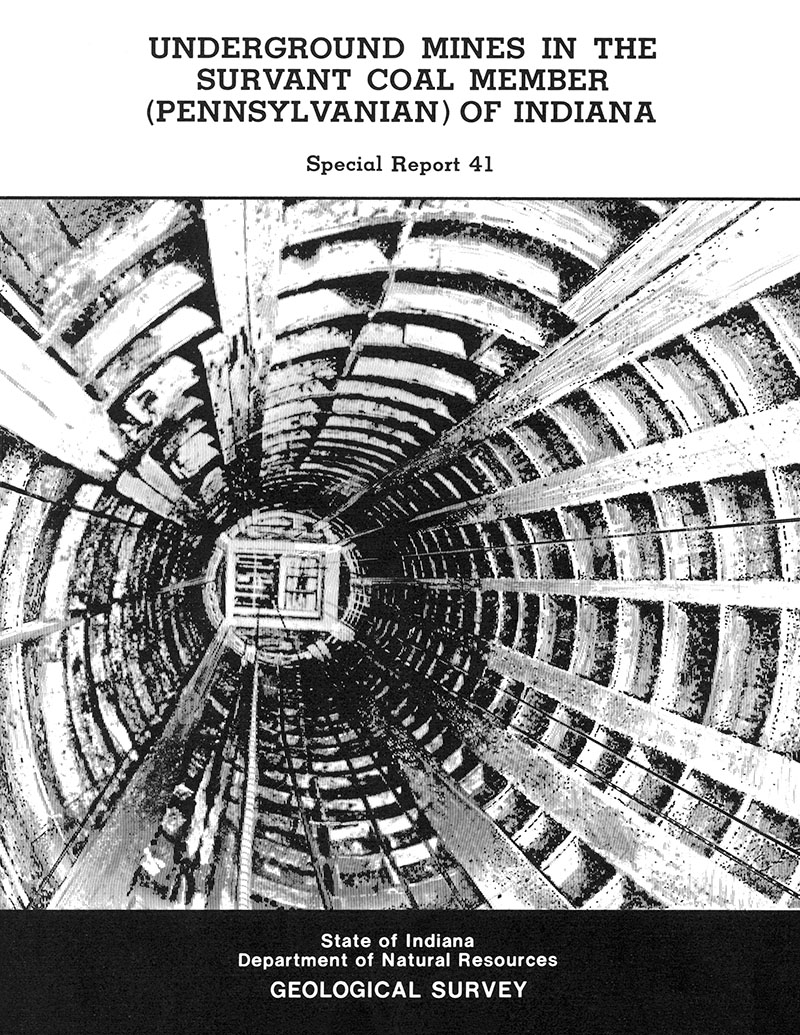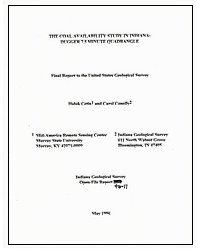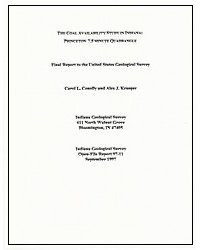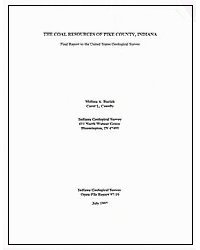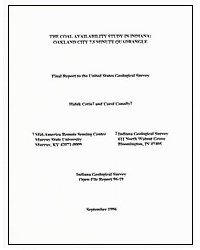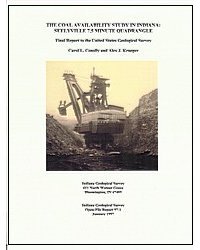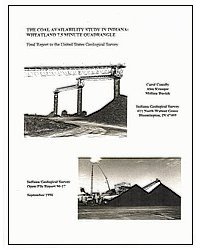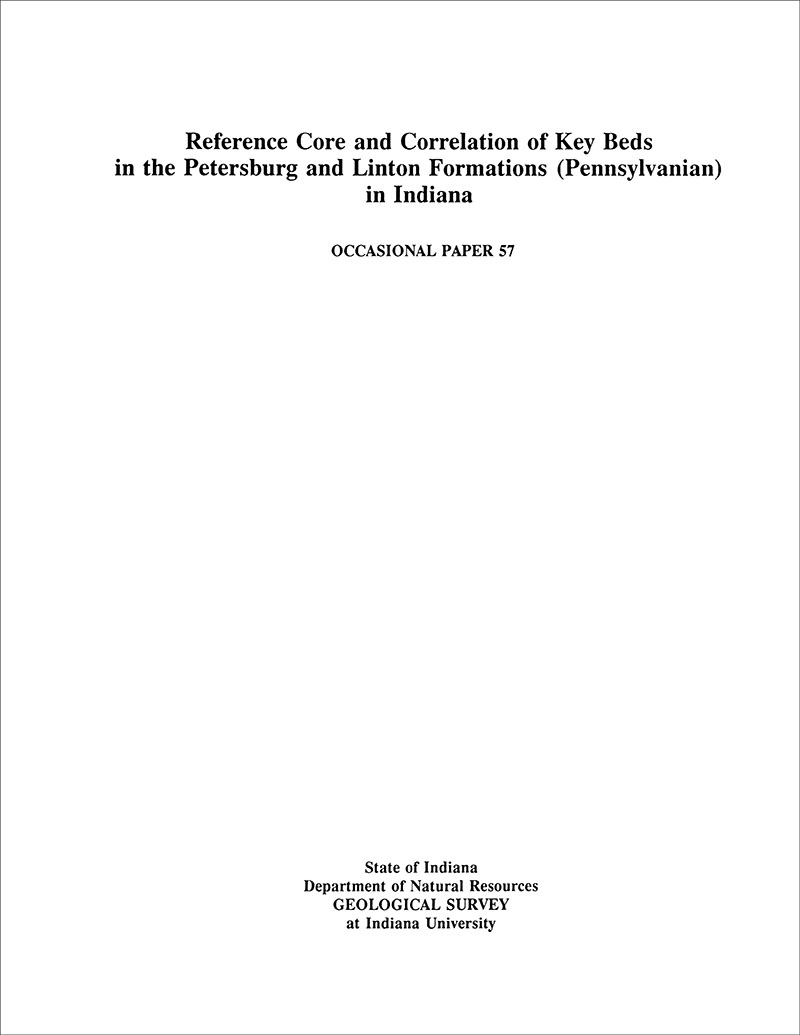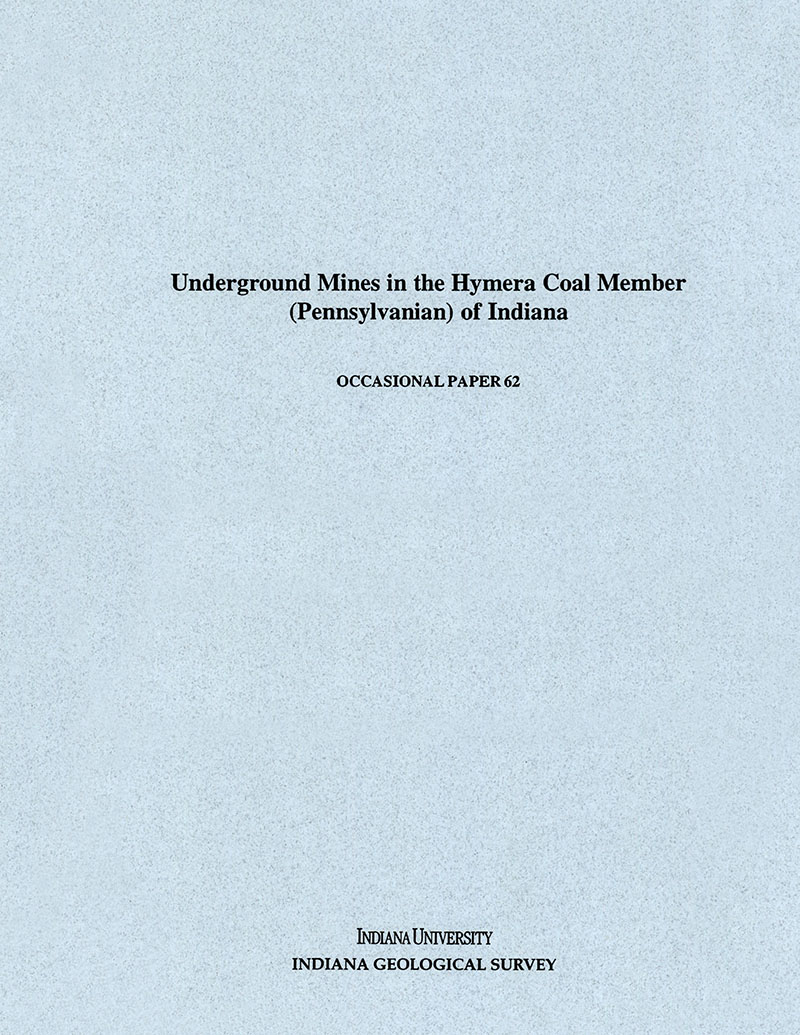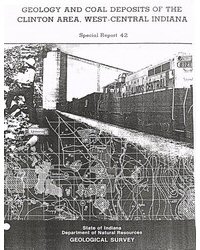In Indiana more than 200 million tons of Survant coal (referred to historically as Coal IV) has been produced by underground mining. From the early 1900's until World War II, a period when underground mining dominated Indiana's coal industry, production from the Survant Coal Member (Linton Formation, Pennsylvanian) was second only to that from the Springfield Coal Member (Petersburg Formation). Since World War II, production from the Survant coal has declined to insignificant levels. Surface mining now dominates the state's coal industry, and other coals, such as the Seelyville, Hymera, and Danville Coal Members (Staunton, Dugger, and Dugger Formations), have surpassed the Survant coal in importance. The purpose of this report is to summarize publicly available information in the files of the Indiana Geological Survey regarding geologic conditions encountered during past underground mining in the Survant coal. It is intended for those persons with little or not familiarity with the Survant who may be considering or may be involved in exploration or development plans for underground mines in that coal. The report is based chiefly on information from mine maps and from geologic and mining literature. Drilling records were also a source of information. There has not been much underground mining in the Survant coal since the 1940s, so few exposures of the coalbed and its associated strata are available for study. Instead, attention is focused on geologic conditions encountered within now-abandoned mines and conditions that limited mining. Much of this report has been taken from my reports on coal mining in Vigo and Sullivan counties, Ind. (Harper, 1985, 1988). But this report contains additional maps and information about mining in the Survant coal in Knox, Greene, Clay, and Vermillion counties. The maps of mining districts in this report are more detailed than those in the county reports. These maps provide evidence that underground mining of the Survant coal in most places was limited by geologic conditions, particularly split coal and thin (less than 4.5 feet) coal. Each mining district in the Survant coal has been developed in a geologically distinct area with its own conditions and surrounded by areas with geologic conditions different enough to prevent successful underground mining on a large scale even under favorable economic conditions. This is in contrast with some other commercially important coalbeds in Indiana in which underground mining may have been limited or halted by changing economic conditions, so that those geologic conditions that were previously adequate to sustain mining were rendered submarginal. This report attempts only to describe geologic problems encountered in underground mines of the Survant coal, and no attempt is made to hypothesize geologic controls on the distribution of these problems or to produce a predictive model of their occurrence. The geology of the Survant coal has long been recognized to differ significantly from the other major commercial coalbeds of Indiana. A statement by Weller and others (1958, p.443) that the Survant coal is "... peculiar, not adequately understood, and require(s) further study" remains true today. This is intended to be the first in a series of reports. Subsequent reports will deal with underground mines in the Hymera Coal Member (Dugger Formation), the Seelyville Coal Member (Staunton Formation), and the Springfield Coal Member (Petersburg Formation).
Harper, D., 1988, Underground mines in the Survant Coal Member (Pennsylvanian) of Indiana: Indiana Geological Survey Special Report 41, 19 p., 8 figs. doi: 10.5967/0d5j-3g83
You may also like:
Keywords: Linton Formation, Pennsylvanian, Springfield Coal Member, Petersburg Formation, Seelyville Coal Member, Hymera Coal Member, Danville Coal Member, Staunton Formation, Dugger Formation, mine, Survant Coal Member, subsurface
Can't find what you're looking for? Feel free to contact us directly:
Indiana Geological and Water Survey
1001 E. 10th St.
Bloomington, IN 47405
812-855-7636 (phone)
812-855-2862 (fax)
IGWSinfo@indiana.edu
IGS Return Policy
- Original sales receipt required.
- Returns accepted within 30 days of purchase date.
- Refund will be issued by the same method of payment as purchased.
- Products must be returned in the same new condition as purchased.
- Refunds on custom orders and digital products are NOT allowed.
- Customers are responsible for paying shipping costs to return products.
Updated 8/19/2020



